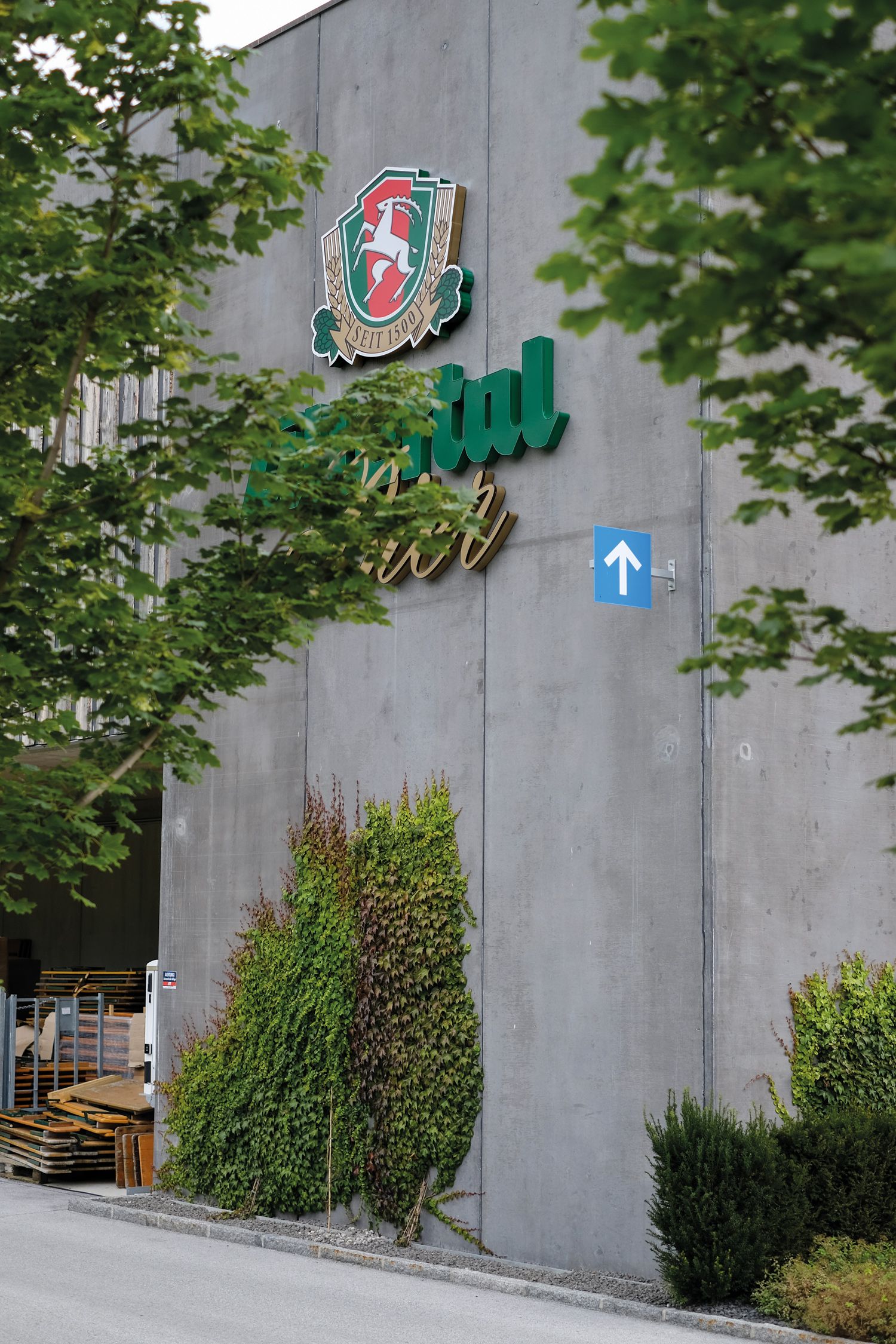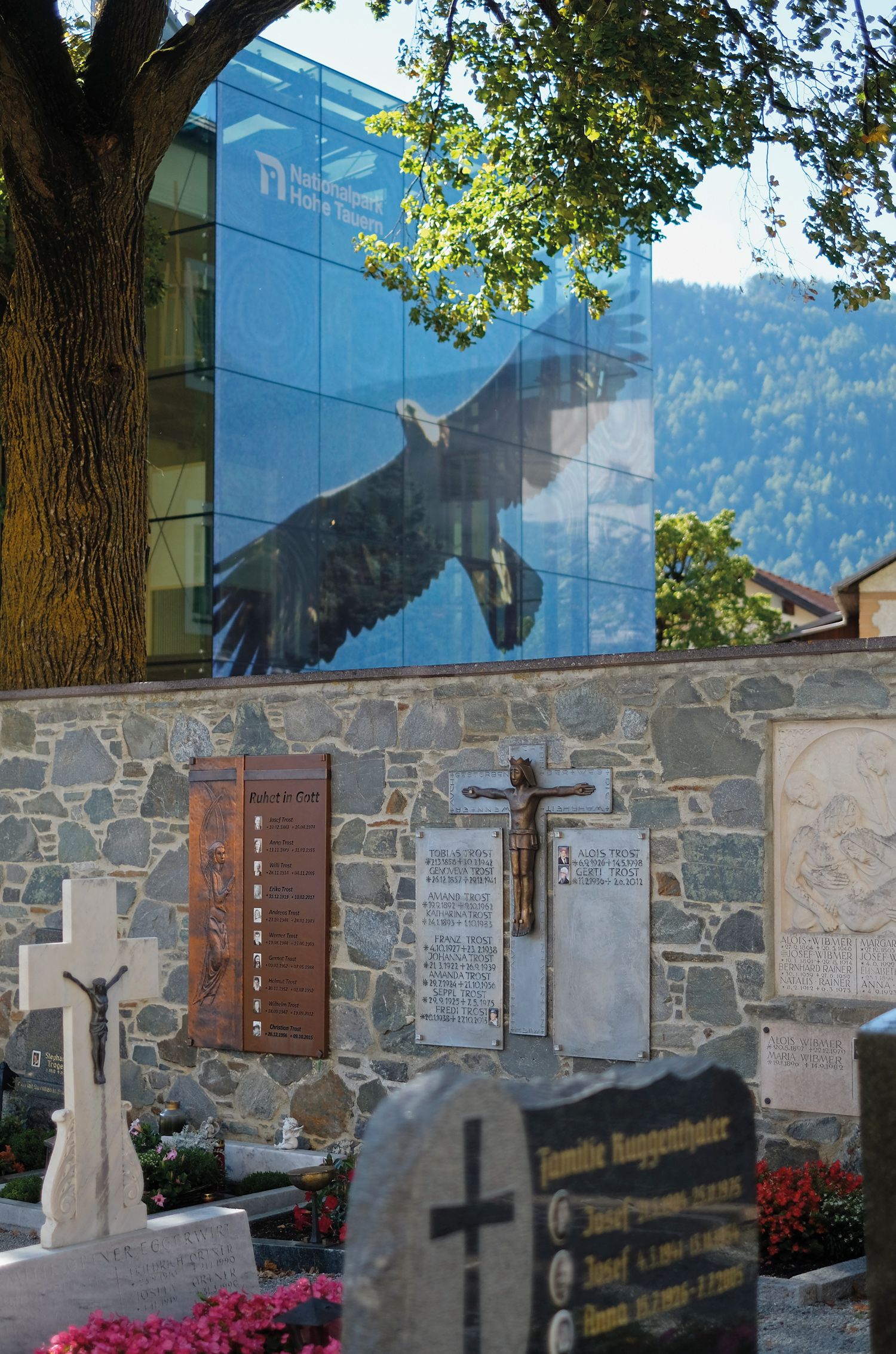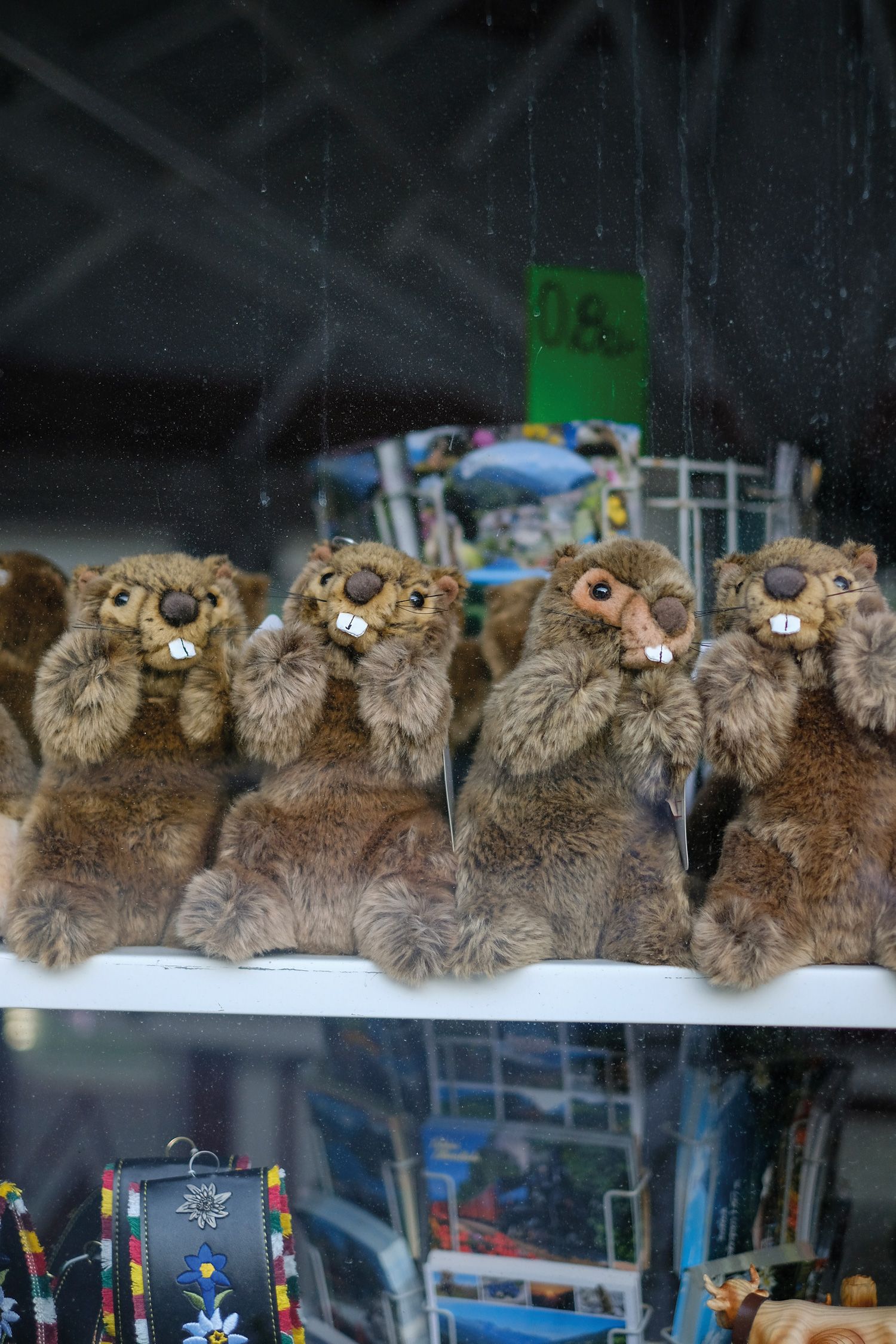
Wild animals are a familiar sight in Tyrol: You come across them in the supermarket, at the lift station and in the pub, they guard house entrances and fill souvenir shops: golden eagles, marmots, chamois, bearded vultures and ibex. Admittedly, you don't meet them in the flesh, but on stickers, emblems, paintings, in the form of statues - and cuddly toys. We rarely give much thought to something that constantly appears in everyday life. Yet there is nothing more interesting.
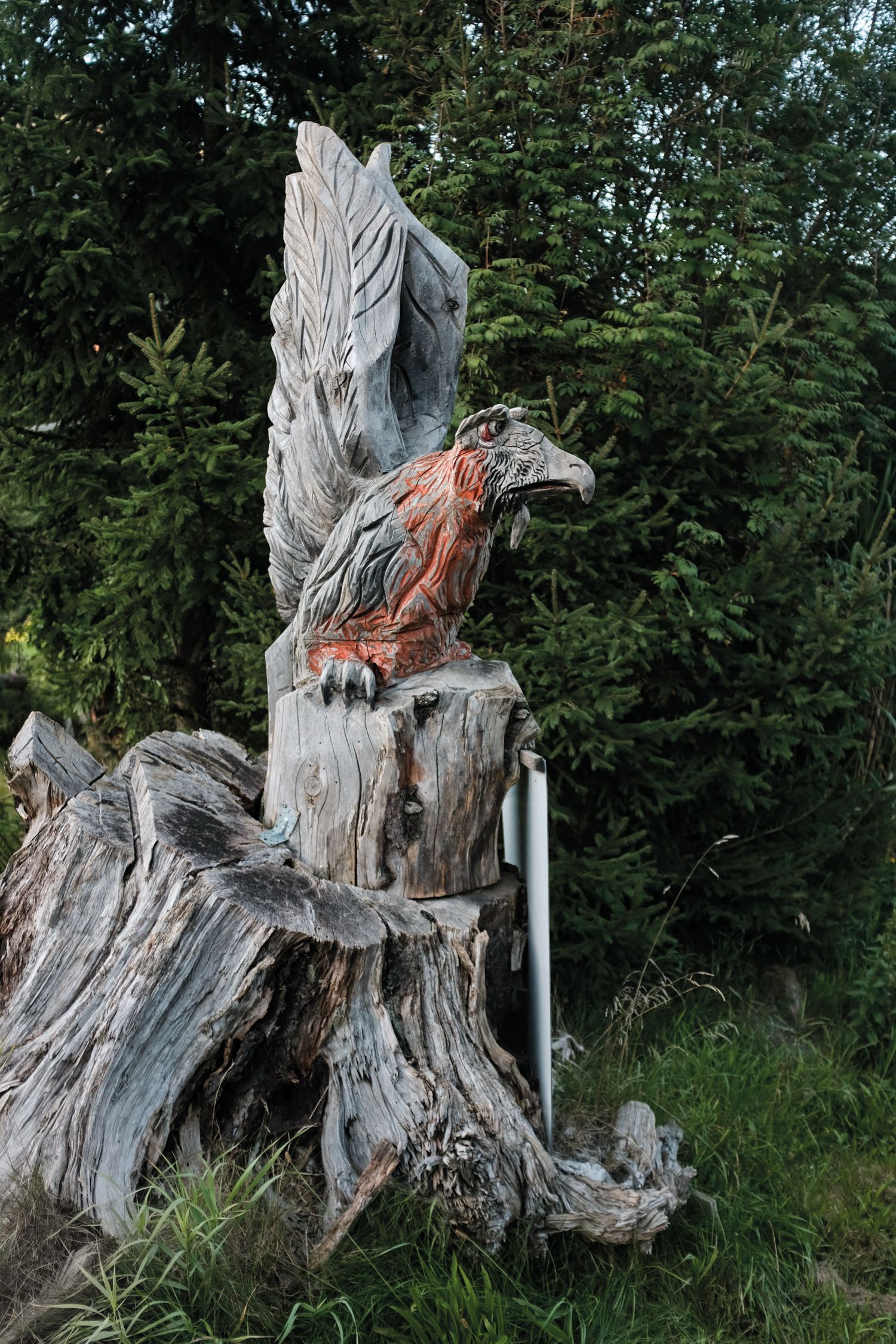
Visitors probably wonder why this chubby rodent is winking at them everywhere in Tyrol: in souvenir shops, on bottles of schnapps, stuffed on restaurant walls. The marmot, they explain, is one of the "Big Five of the Alps". And everyone understands. Hunters in Africa used to call the elephant, lion, rhino, buffalo and leopard the "Big Five". The animals impressed people so much with their size, strength and beauty that they came to symbolise their habitat. Even today, safari visitors (without a rifle) are disappointed if they don't "make the five".

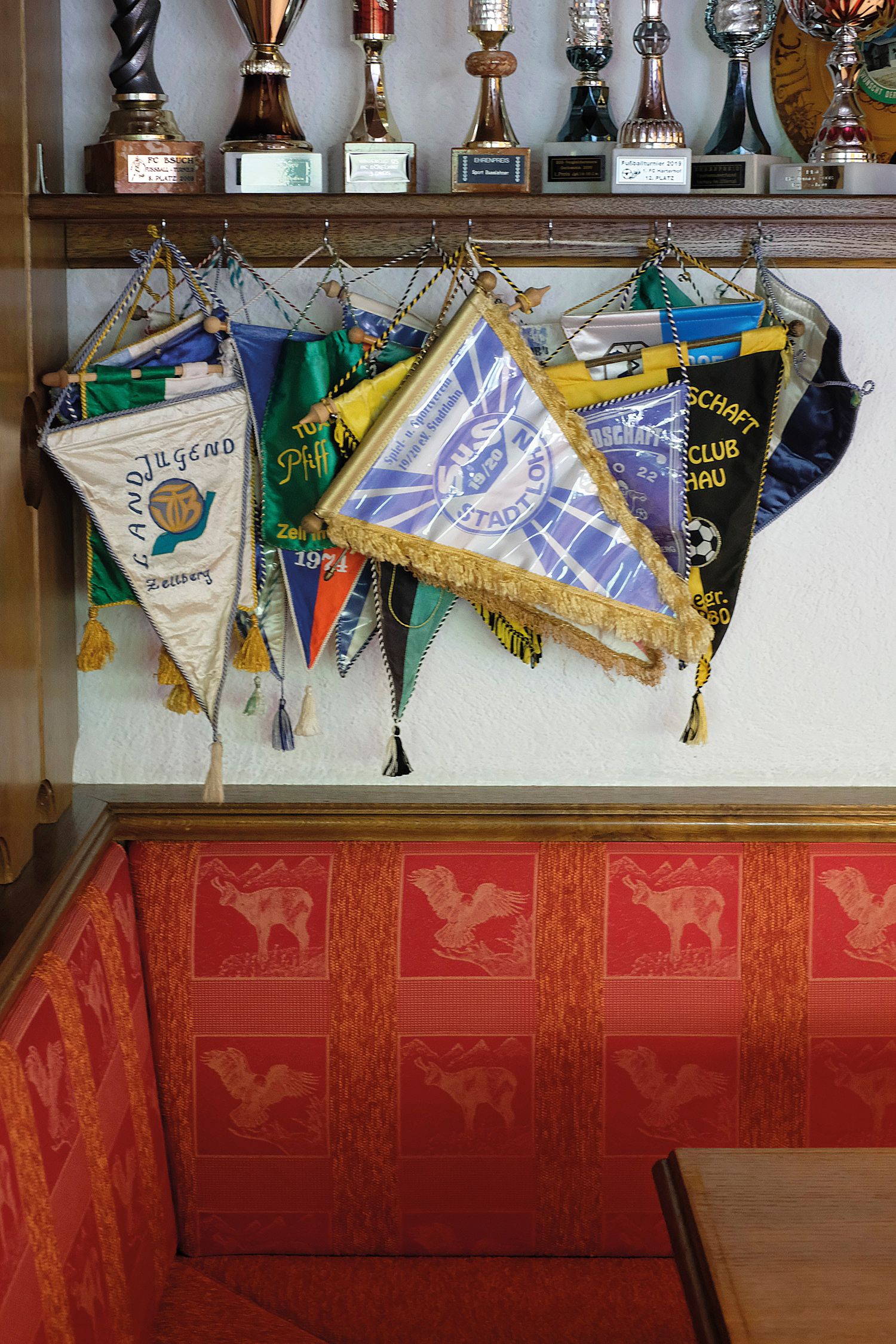
Tyroleans and visitors to Tyrol know the feeling: the joy of hearing the marmot whistle in a mountain meadow. The thrill of watching a herd of chamois on a steep face. The majesty of the ibex in the distance. The amazement when the silhouette of an eagle or vulture soars across the sky. Before every hike, you hope to see one of the "Big Five". At the same time, the animals are familiar to us. The "Big Five" unite a sense of home and longing. A powerful combination.
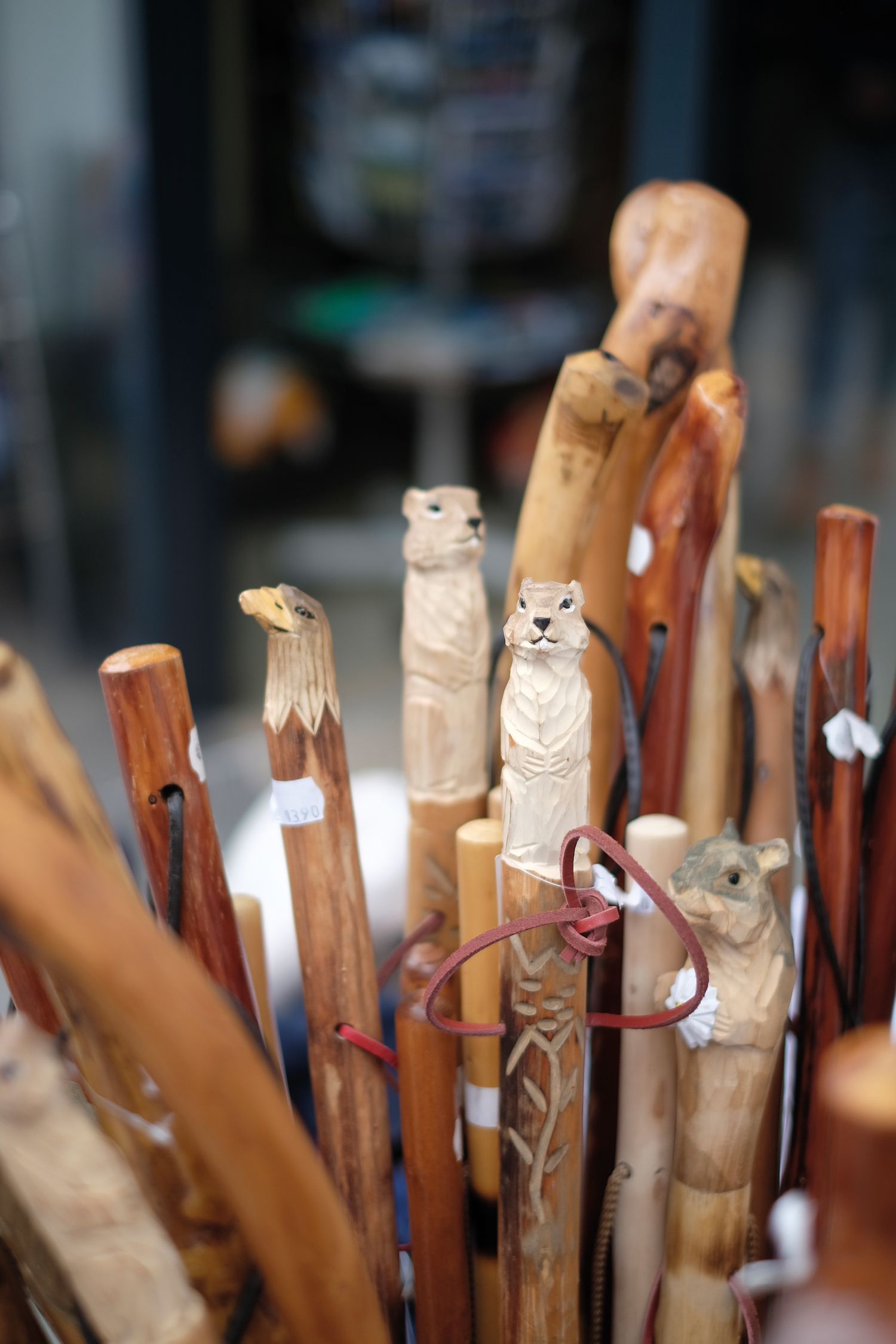
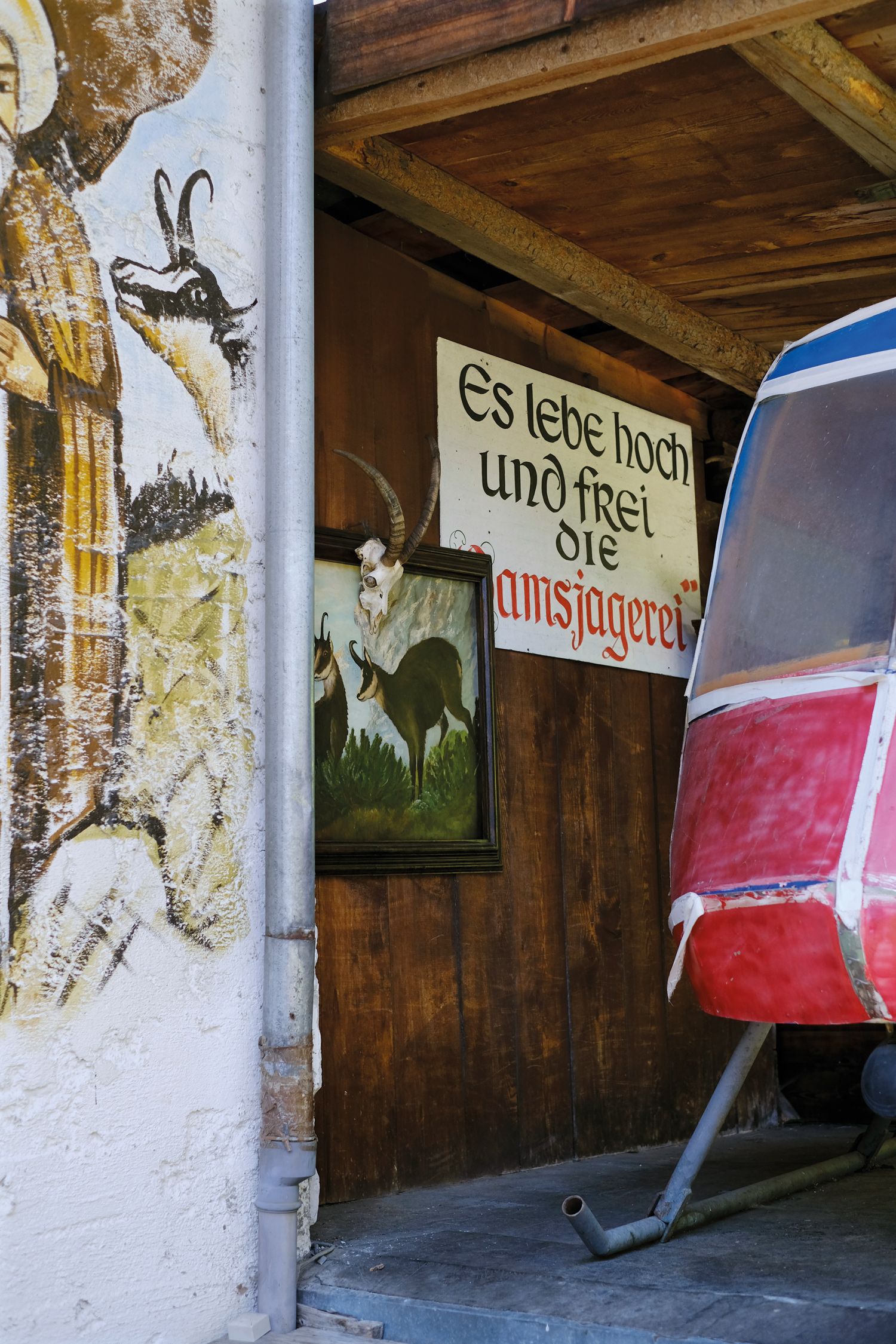
When golden eagles or ibexes appear in club coats of arms, logos and works of art today, what lies behind them is: a love of nature, the expression of an identity, the hope of borrowing a little of its power. In the past, this appropriation was not only metaphorical: the ibex, for example, was said to have healing powers, which is why its horn was crushed into powder; the little heart cross - the ossified tendon of the heart muscle - was worn around the neck as an amulet. Ibexes were hunted mercilessly and the last bearded vulture in Central Europe was killed in 1887 (because it had a reputation for killing lambs, dogs and small children). The golden eagle has always been considered the king of the skies and adorned the Tyrolean coat of arms, but was also fought over as a competitor and trophy supplier. Since then, our relationship with the "Big Five" has changed. We are increasingly aware of our own destructive power and appreciate special nature experiences. The populations have recovered in recent years thanks to targeted breeding and conservation programmes. It is enough for us to see the "Big Five" from time to time in the distance. For the rest of the year, we have the cuddly animals.
